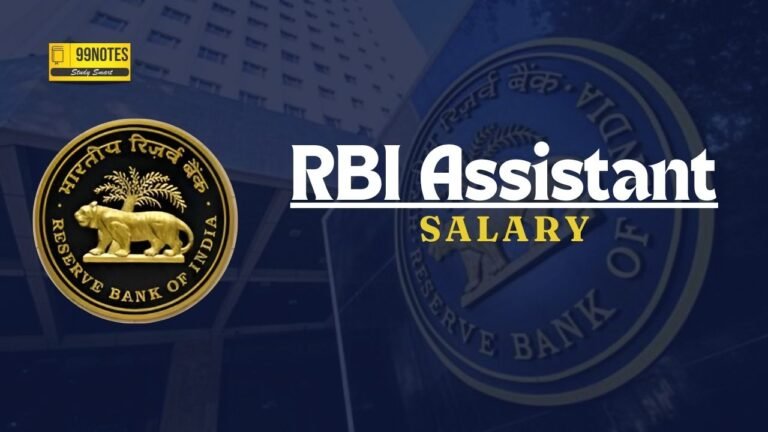Surat’s Emissions Trading Scheme Cuts Industrial Pollution by Up to 30%, Sets Model for India
(Source – Indian Express, Section – Explained, Page – 14)
|
Topic: GS3 – Environment |
|
Context |
|
Analysis of the news:
Understanding Emissions Trading Schemes (ETS)
-
ETS is a market-based mechanism designed to reduce emissions by capping the total allowed output and issuing tradable permits.
-
Industries can buy or sell permits based on their emissions, incentivising cleaner technology and efficient pollution control.
-
This ‘cap-and-trade’ approach provides economic flexibility while driving environmental compliance.
Implementation of the Surat ETS
-
Launched in 2019, the Surat ETS focused on reducing fine particulate matter from 342 polluting textile units.
-
The cap was initially set at 280 tons/month and later reduced to 170 tons. Plants received 80% of permits free and the rest through auctions.
-
Trading occurred within a regulated price band (₹5–₹100 per kg) to prevent misuse or market distortion.
Compliance and Enforcement Mechanism
-
The ETS enforced strict compliance through a bond-backed penalty system, where violators paid twice the ceiling price per excess emission unit.
-
This ensured strong deterrence while allowing plants to adjust through a grace period known as the “true-up” phase.
Why ETS is a Game-Changer for India
-
India’s traditional command-and-control regulatory model is often inefficient due to its rigid enforcement and resource constraints.
-
ETS introduces flexibility, cost-efficiency, and accountability, particularly benefiting small and medium enterprises.
-
It marks a significant shift toward smart environmental governance.
Global and Domestic Challenges
-
While ETS schemes have shown promise globally, they face criticisms like permit over-allocation, lobbying by polluters, and insufficient caps—issues seen in Europe, the US, and China.
-
The Surat pilot avoids many pitfalls through data-backed caps and transparent monitoring, offering a scalable model for other Indian cities.
|
Practice Question: Discuss the significance of market-based mechanisms like the Emissions Trading Scheme (ETS) in controlling industrial pollution in India. What lessons can be drawn from the Surat pilot project for broader environmental governance? (250 Words /15 marks) |

